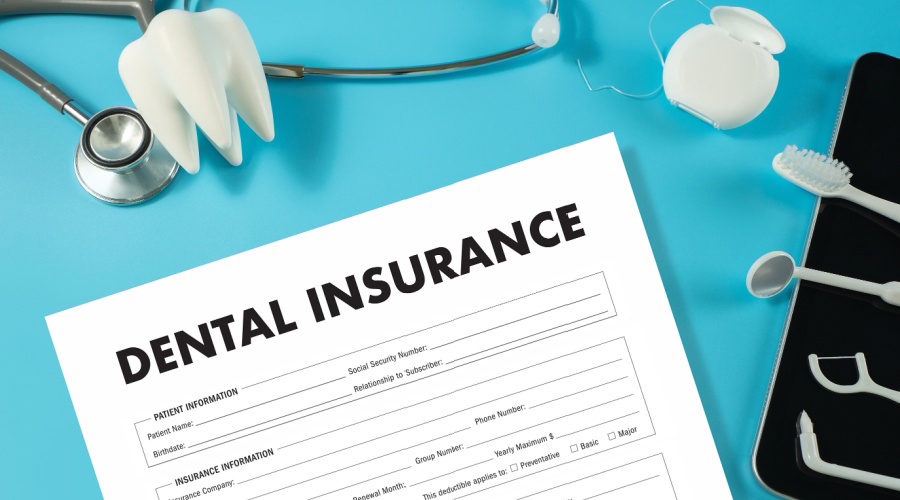*Content provided courtesy of Blue Cross Blue Shield of NC
SHOULD I GO TO THE ER, URGENT CARE OR MY DOCTOR’S OFFICE?
Knowing where to go when you have a health scare is vital to getting the care you need, when you need it. Choosing the right place to go will also save you time and money.
You might be surprised to learn that most visits to the Emergency Room (ER) are not, in fact, emergencies. According to CBS News, the most common type of visit to the ER is one of moderate severity. (Think having a severe cough or a fever higher than 100.5 degrees Fahrenheit.) In North Carolina, this type of visit costs $1,589 on average.
So, not only are most visits to the ER unnecessary – they’re also very expensive.
Why are so many folks heading to the ER? There are a lot of reasons. Perhaps it’s after 5pm and the doctor’s office is closed. Or the patient lives in a rural area that suffers from a shortage of primary care physicians. Or it seems like the fastest way to receive care. (It’s not, by the way. Patients in North Carolina can spend up to five hours in the emergency room before being sent home!)
And then, of course, there’s confusion around what classifies as a health emergency, when it’s appropriate to use the ER, and where to go if your medical need is not an emergency. In this article, we’ll discuss a few care options – many of which are open beyond business hours – to keep in mind during your next health scare.
Remember, if you’re not sure where to go, your health plan may have a 24/7 nurse line to help guide you.
What is as a Health Emergency, Anyway?
Many times we mix up “urgency” and “emergency” – meaning, if we think there’s an urgent reason to head to the doc, it feels like an emergency. And so, before we even consider alternative options, we may find ourselves waiting in the ER.
This is why it’s important to familiarize ourselves with the medical conditions that classify as health emergencies before we have a health scare. Here’s a list of life-threatening emergencies that qualify for a trip to the ER:
- Loss of consciousness, including fainting
- Sudden loss of vision, numbness, or difficulty speaking
- Severe trouble breathing
- Severe abdominal pain
- High fever with stiff neck, mental confusion or difficulty breathing
- Coughing up or vomiting blood
- Head trauma
- Seizures, convulsions
- Major broken bones
An easy way to remember when to go to the ER? If the health scare is life-threatening, it’s time to go to the ER.
Where to Go When It’s Not Life or Death
A broken toe. A mild asthma attack. A sprained ankle.
All of the above are certainly cause for immediate concern. But luckily, these and many other urgent conditions are considered minor to moderate in terms of severity – which means it’s possible to seek care at your primary care physician or at an urgent care center. There are important differences between the two, which we’ll discuss below.
Minor Health Issues: Primary Care Physician (AKA your doctor’s office)
There are many reasons to go to your primary care physician when you experience a health scare. First, and most importantly, he or she knows your personal and family medical history. In addition, some doctors offer same-day appointments for urgent situations, and the cost will generally be lower than going to urgent care or the ER. Below are the health conditions that your doctor may be able to treat at his or her office.
- Sore or strep throat
- Urinary tract and bladder infections
- Earaches and ear infections
- Minor fevers
- Cough, colds and flu
- Nasal congestion
- Allergy symptoms
- Skin issues, including rashes, ringworm and chicken pox
- Pink eye
- Head lice
- Insect bites
- Minor burns, cuts and scrapes
- Sprains and strains
While this list does not cover everything, it’s a good starting point for deciding where to go when you are experiencing a minor health condition.
Moderate Health Issues: Urgent Care
Urgent care centers have grown in popularity over the past few years because they offer patients immediate, convenient medical care. This means there’s no appointment necessary – you can walk right in. Most urgent care centers also offer same-day appointments – so if you want to avoid spending extra time in the waiting room, this is a great option. They’re also open outside of typical business hours (usually, from 8am-8pm, although hours vary by location).
The average cost for your visit will generally be about one-tenth of a trip to the ER.
Below, you’ll find the types of health issues that urgent care centers treat. (It’s important to note that urgent care centers also treat all of the minor health issues mentioned above, as well.)
- Migraines
- Severe back pain
- Vomiting and diarrhea
- Minor broken bones (toe, foot, finger)
- Fevers
- Asthma attacks (mild to moderate)
- Severe cough
- Eye irritation
- Pinworms
- Minor reactions to medications (itchiness, skin rash, hives)
- Animal bites
- Wounds requiring stitches
Urgent care health centers are now very common throughout most of the U.S. Your health plan can assist you with finding the best options near you.





